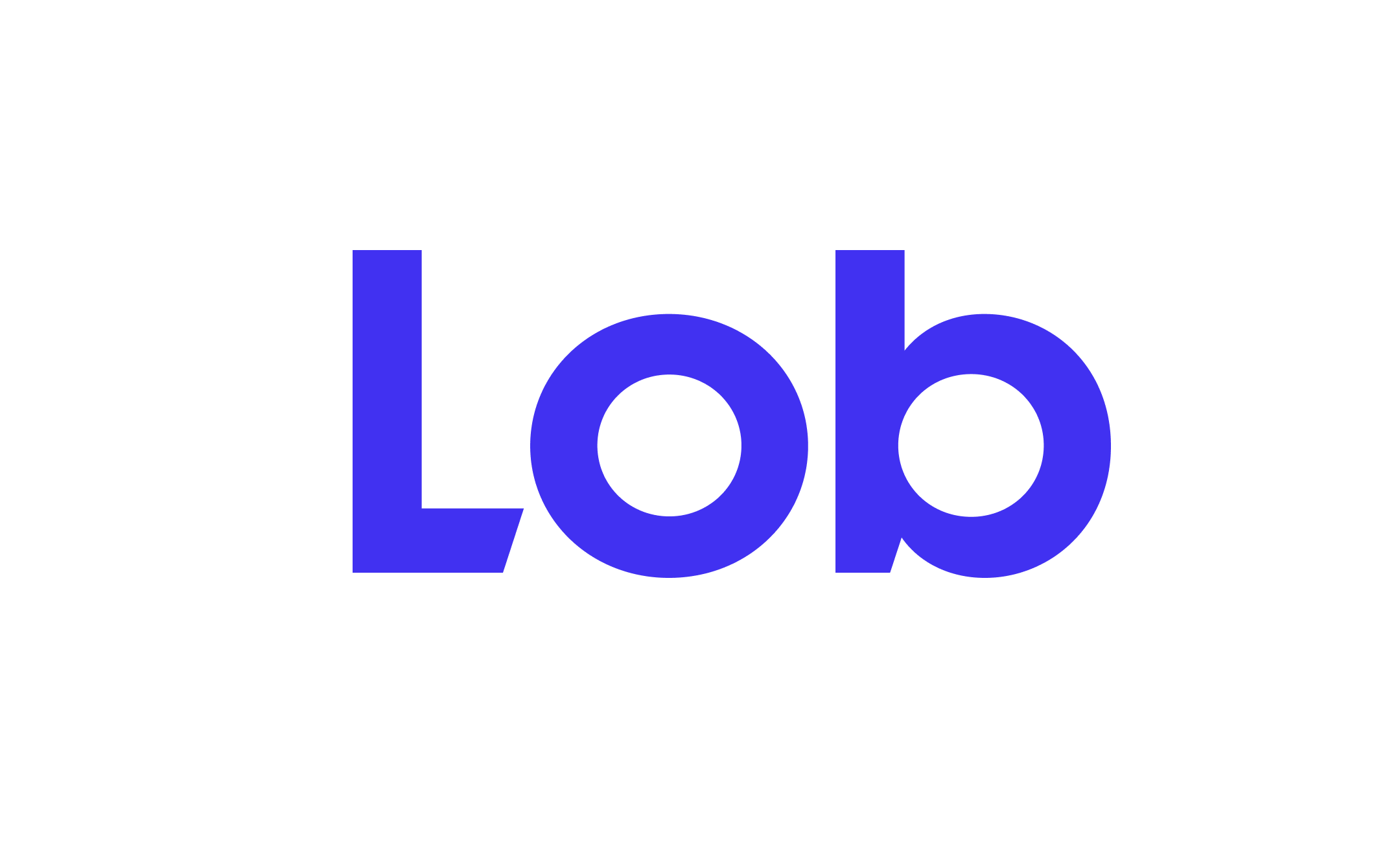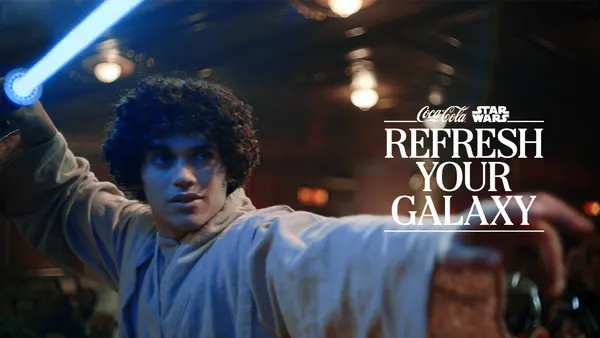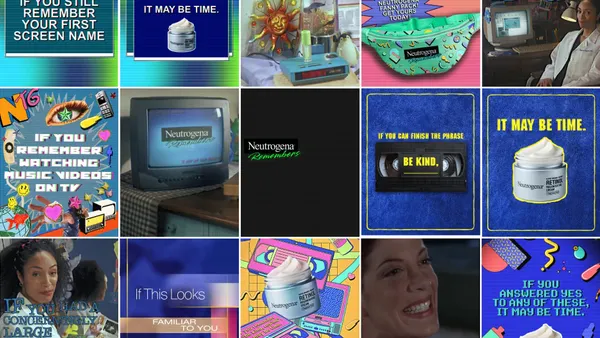In the ad world, PepsiCo's multitude of brands — from its flagship soda and Mountain Dew, to snack labels Lays, Cheetos and Fritos and water brands like Aquafina, Lifewtr and Bubly — unveil campaigns and marketing initiatives almost weekly.
If it seems that PepsiCo is everywhere, that's because it is: as executives shared on its Q3 2019 earnings call, the conglomerate had increased advertising and marketing spending by 12% this year — an aggressive strategy that appears to be working. Net sales rose 4.3% to $17.2 billion in Q3 from a year earlier, as a number of brands saw higher sales and market share.
The advertising efforts have taken a variety of forms, from refreshing legacy brands to leveraging customer data to deliver personalized advertising.
"[Consumers are] looking for brands that are super authentic, consistent from inside out, and have a meaningful, profound role in their lives — otherwise there's another brand out there," Tim Warner, PepsiCo's VP of insights and analytics in Europe, Sub-Saharan Africa and global digitization said on a panel at South By Southwest this year.
Refreshing its brands to win Gen Z consumers
A few key factors drove PepsiCo's successful marketing blitz in 2019. Gen Z and millennials continue to shape the food and beverage industries. Perhaps a headwind for the company's biggest brands, almost half of Gen Zers see soda as unhealthy and want healthier, more convenient snacks.
But PepsiCo's efforts to market to these picky consumers have been strong so far, including its first-ever TV commercial for the Bubly sparkling water brand, which starred Michael Bublé and topped a list of the most ingenious Super Bowl ads.
While it largely hasn't changed what's in its legacy products, PepsiCo has changed how it markets them to an increasingly ad-averse cohort. It makes multichannel marketing work, reinforcing its diverse messaging with a combination of TV, digital, social media, out-of-home, augmented reality (AR), charitable giving and more.
For its "Another Level" campaign, Doritos removed the logo from its advertising and mentions of the brand from social media, TV and digital ads. Instead of focusing on branding, the snack marketer created a Snapchat Lens that lets users turn their faces into chip-like triangles, encouraging Snapchatters to produce user-generated content.
In a less drastic packaging move, Lay's brought back its "Smiles" packaging, which features photos of real people smiling. Later in the year, the brand returned with its first full redesign since 2007, shooting its products from a "Insta-worthy 'top down' angle" and featuring a smaller logo and less text.
PepsiCo's flagship brand's #Summergram campaign used seasonally themed custom Instagram filters to integrate into consumers' lives. The company's success with AR comes at a time when many brands have struggled to use the technology in a meaningful way.
Leveraging customer data
Data was a priority for PepsiCo in 2019. The company is reportedly developing an in-house "media and consumer data team" that focuses on merging data, media insights and activation. At SXSW, Warner said the company had an "absolute commitment" to strengthening its insights muscles.
"One of the things we're trying to do is build an insights platform that allows us to network data. Instead of almost throwing data away, we recycle it," the executive said. "The more we test and learn, the smarter we get."
The data focus is manifesting in several ways. The company expects its e-commerce efforts to be worth nearly $2 billion in 2019, a strategy built on a growing first-party database.
Data is also a key part of the company's first cashback loyalty program, which rewards consumers that buy its soft drinks and Frito-Lay snacks together. Consumers can earn back as much as 10% of the purchase price in the mobile effort through an integration with Venmo and PayPal. The percentage is perhaps a small price to pay for more and better customer data that can then be used to drive future campaigns.
A purpose-driven future
PepsiCo is also thinking bigger with its future efforts. In the Q3 earnings call, Laguarta laid out a plan to integrate purpose into its brands and business plans. Encompassing sustainable agriculture, water stewardship, reducing virgin plastics use and harmful ingredients, and curbing greenhouse gases, the plan looks to bring a purpose-driven focus throughout PepsiCo's supply chain.
The forward-looking effort comes at a time when brands are working to ensure that their purpose-driven pushes aren't viewed as simply "woke-washing," when socially and politically aware advertising is seen more as chasing headlines than meeting real consumer demands.
Moving forward, real purpose-driven marketing will need action behind it, as PepsiCo has demonstrated. After it appeared in a list of corporate contributors to global plastic pollution in a study conducted by Greenpeace and the Break Free From Plastic Movement, PepsiCo cut ties to the Plastics Industry Association, a lobbying group representing manufacturers, in July.
"This is a journey with a lot of work ahead of us, but we want all of our stakeholders to know that advancing to sustainability and being a more purposeful company will play an essential role in PepsiCo's future," Laguarta said.



 Read more
Read more









